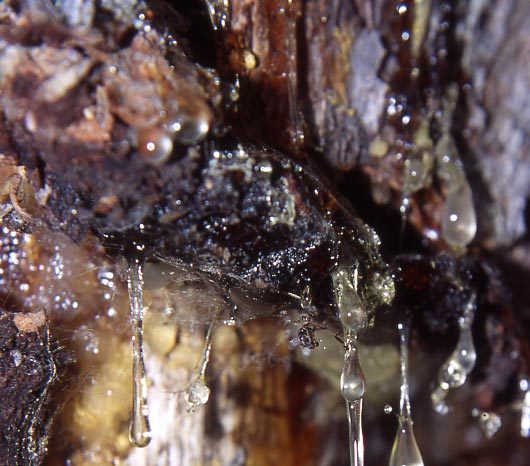“We used molecular genetic methods to test two hypotheses, (i) that host plant specificity among ectomycorrhizal fungi would be common in a closed-canopy, mixed Pinus contorta-Picea engelmannii forest in Yellowstone National Park and (ii) that specificity would be more common in the early successional tree species, P. contorta, than in the invader, P. engelmannii. We identified 28 ectomycorrhizal fungal species collected from 27 soil cores.
The proportion of P. engelmannii to P. contorta ectomycorrhizae was nearly equal (52 and 48%, respectively).
Of the 28 fungal species, 18 composed greater than 95% of the fungal community. No species was associated exclusively with P. contorta, but four species, each found in only one core, and one species found in two cores were associated exclusively with P. engelmannii. These fungi composed less than 5% of the total ectomycorrhizae. Thus, neither hypothesis was supported, and hypothesized benefits of ectomycorrhizal specificity to both trees and fungi probably do not exist in this system.”
